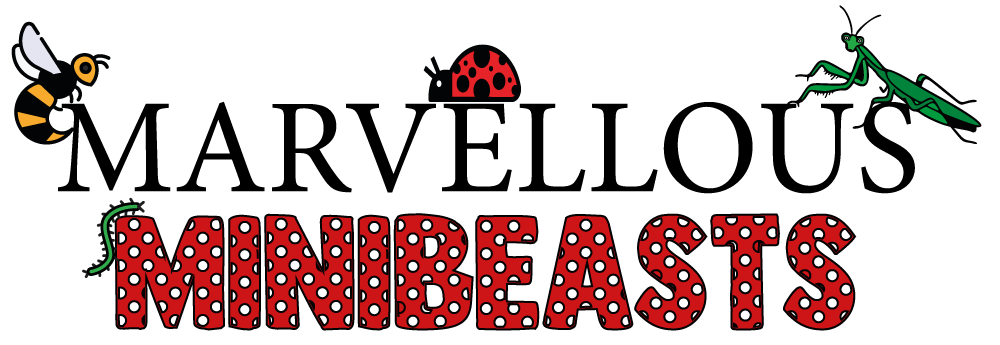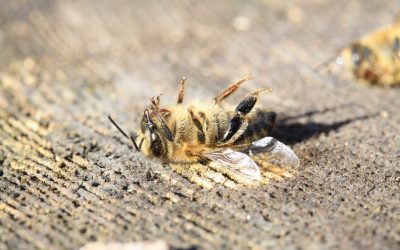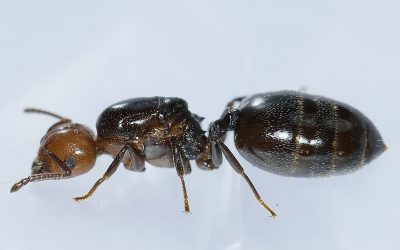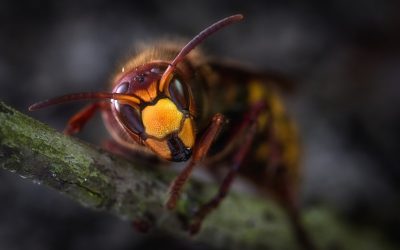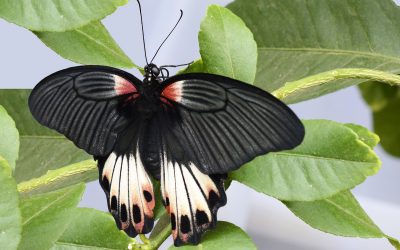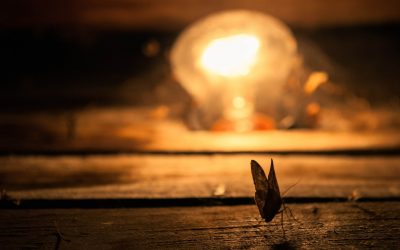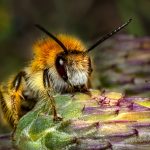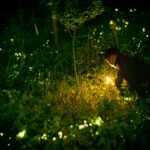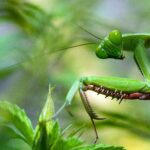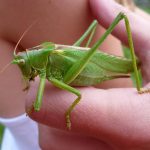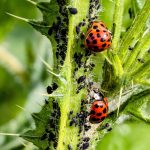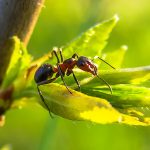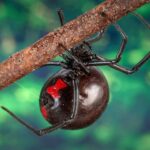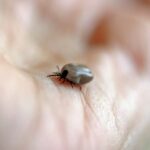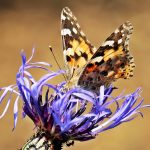Bees are important pollinators that play a crucial role in maintaining the balance of the ecosystem. As we become more aware of the importance of bees, many of us are interested in finding and observing these fascinating creatures in their natural habitats. Whether you are a beekeeper, a nature enthusiast, or simply interested in learning more about bees, there are a few tips that can help you to find and observe bees safely and responsibly. By following these tips, you can increase your chances of spotting these amazing insects and gain a deeper appreciation for the vital role they play in our environment.
What is a bee?

A bee is a flying insect that is closely related to wasps and ants. Bees come from the Apoidea family. Not all bees live in colonies; the mason bee, carpenter bee, leafcutter bee, and sweat bee are solitary bees which mean they live by themselves. Honey bees are often mistaken for wasps. Bees are found on all continents except for Antarctica because there are no flowers.
The life cycle of a bee
A bee is a flying insect that is closely related to wasps and ants. Bees come from the Apoidea family. Not all bees live in colonies; the mason bee, carpenter bee, leafcutter bee, and sweat bee are solitary bees which mean they live by themselves. Honey bees are often mistaken for wasps. Bees are found on all continents except for Antarctica because there are no flowers.
A bees life cycle is similar to that of an ant or a butterfly; they undergo four stages to complete one life cycle starting when the queen mates with a drone; the drone will die soon after mating.
The egg – after mating with the drone, the queen lays an egg in each chamber of her honeycomb.
The larva- The larva is growing inside the egg, and after a few days, it hatches. The worker bees will feed and take care of the larva until they reach the next milestone. The larva will shed their skin 4-5 times as they grow. Around day nine, the larva will stop eating and spin a cocoon forming a pupa, much as a caterpillar does. The cocoon is sealed into the chamber by the worker bees.
The pupa- In the pupa stage, the bees begin to develop. You will start to see legs, eyes and wings. When the bees reach maturity, they will begin to chew their way out of the cell emerging as adults. This stage takes around 10 to 23 days.
The adult stage is the final stage of metamorphosis, and the bee is now fully grown. Fertilised eggs become worker bees, and unfertilised eggs become drones or queen bees. If a new queen bee is born, it may replace a dying queen; if not, she will leave the colony to start her own.

What is pollination?

Pollination is a process by which flowering plants can reproduce. For a plant to be able to produce offspring, it must be fertilised with pollen; the process allows it to develop seeds that will grow into new plants. Without pollination, plants wouldn’t be able to reproduce, which is why bees and butterflies are so important to our ecosystem. Some flowers can self pollinate, but most are cross-pollinators which means they need pollen from other flowers. Flowers produce nectar, a sweet liquid that bees and butterflies like to eat, while they are feeding on the nectar the pollen attaches to them, and they transfer it to the next flower.
Life span of a bee
- Worker bees born in the spring or summer can live for around 6 – 7 weeks, whereas an autumn born worker bee can live for approximately 4 – 6 months.
- Queen bees can live for around 3 – 6 years, but it has been known for them to live for many years longer than expected.
- Drone bees live for around 55 days when you take into consideration that a drone is around solely for the purpose of mating. It’s really not that unexpected that its life expectancy is lower than that of the females.

Planting for bees
There are many ways you can help increase the likelihood of bees visiting your garden, and one of the most important things you can do is plant flowers that bees are attracted to. There are many wildflowers that you can grow in your garden, but one you may not have thought about is weeds. Dandelions are essential; they flower earlier than most flowers, so if you can, create a small patch of garden where you can allow dandelions to grow. The bees will be pleased. One of the other things you can do to accommodate bees is to place some bee hotels around the garden to house solitary bees.

flowers that bees are attracted to
- Greater knapweed
- Wood anemone
- Bluebell
- Hellebore, stinking
- Foxglove
- Comfrey
- Clovers
- Honeysuckle
Where to find bees

You can pretty much find bees wherever there are flowers. Bees flit from flower to flower, collecting pollen as they go. Bees feed on nectar and pollen for energy, protein and nutrients. But most of the pollen they collect is used as food for their larvae.
Places to visit
- Local gardens that have lots of flowers
- Botanical gardens that grow lots of different varieties of flowers
- Parks where wildflowers grow
- Open fields, hedges and meadows that have lots of natural wildflowers

Bee facts
There are about 20,000 different species of bees in the world. Bees live in colonies similar to ants; the colony contains a queen bee, worker bees and the drones. The worker bee and the queen bee are females, but only the queen bee can reproduce, all drone bees are male.

Worker bees carry out specific tasks like cleaning the hive, collecting pollen and nectar to feeding the colony; they also take care of the offspring. A drone’s only job is to mate with the queen, and a queen’s job is to lay eggs.
Bees store venom in a sac that is attached to the stinger, but it is only female bees that can sting. The stinger is part of a bee’s reproductive organs and is used to lay eggs; a female worker bee cannot lay eggs, so she uses it only to sting.
Bees are pollinators, they collect pollen from flowers to eat, as they travel from flower to flower they spread the pollen they have collected, which is called cross-pollination.
Important Information
Never disturb a bees nest, one bee sting is bad enough, but a swarm of angry bees is not something you want to mess around with, leave them be or face the consequences.
Most insects are harmless and can be handled with care; however, bees are not the same as other insects, and you should not try to handle them, they can and do sting and from past experience bee stings are not pleasant.
You might also Like
Why Do Insects Turn Over When They Die?
You might have noticed that many different types of dead insects will be found in pretty much the same position.
Why Do Insects Have 6 Legs?
While all creepy crawlies are often referred to by people as insects, this is not actually the case. There are many different types and species to be aware of, and insects are just one of them. Insects have their own characteristics that make them identifiable, which...
What Insects Are Not Safe To Pick Up
There are many insects that are not safe to pick up; these range from insects that bite and sting to those that are toxic and venomous.
Which Insects Can Hear?
It has been known for a long time that at least some insects have the ability to hear.
Why Are Insects Attracted To Light?
One thing that many people have noticed about insects is that they seem to be attracted to light.
Are Insects Safe To Eat?
Insects are enjoyed as a source of food in many different places around the world and it is actually more common than you might think.
